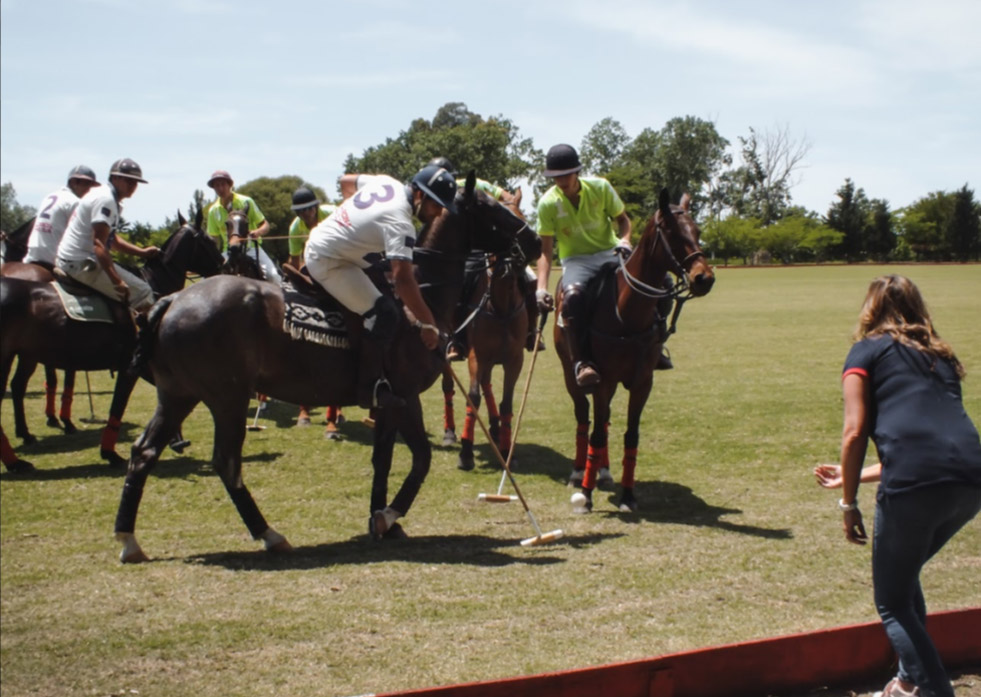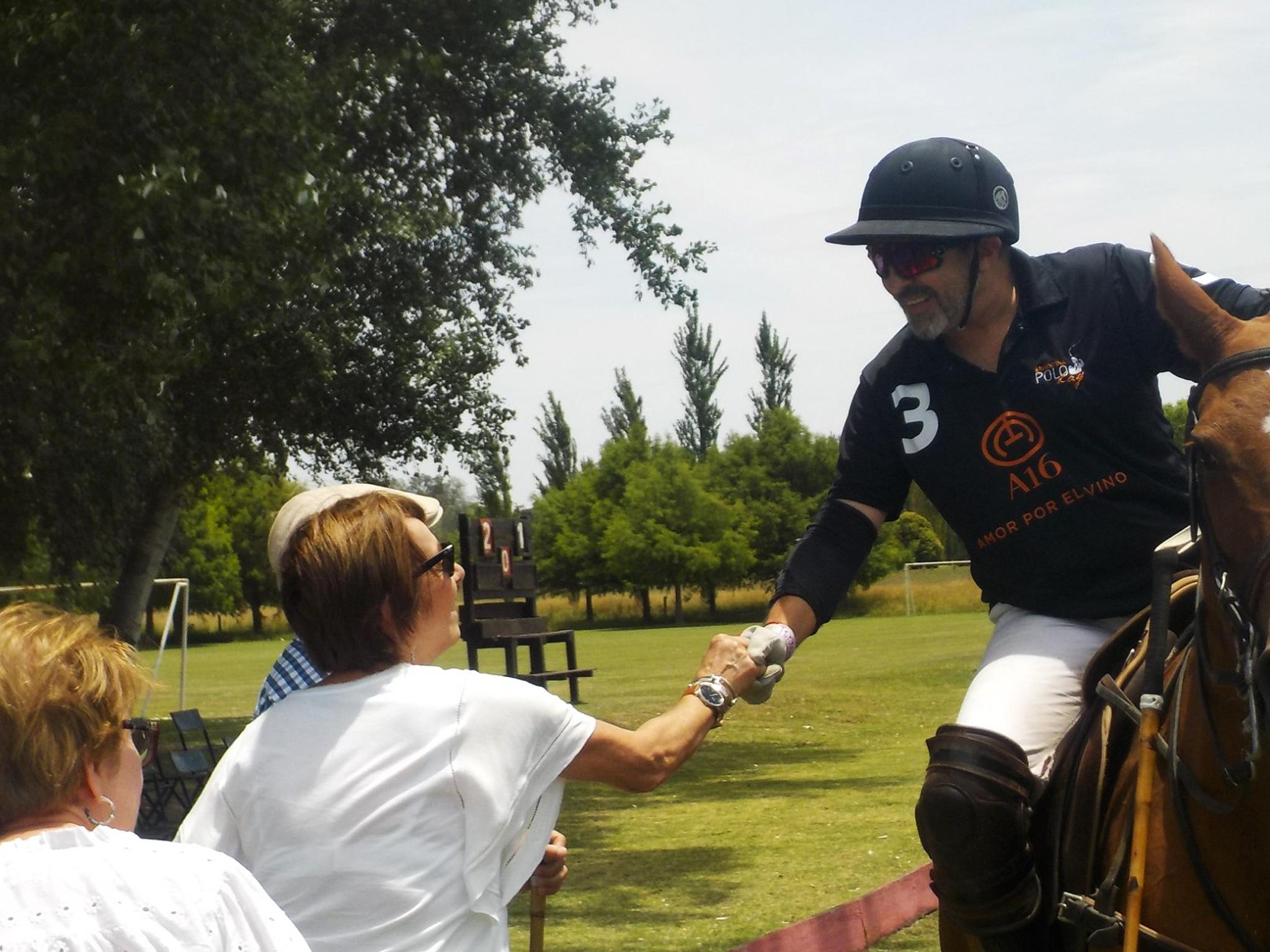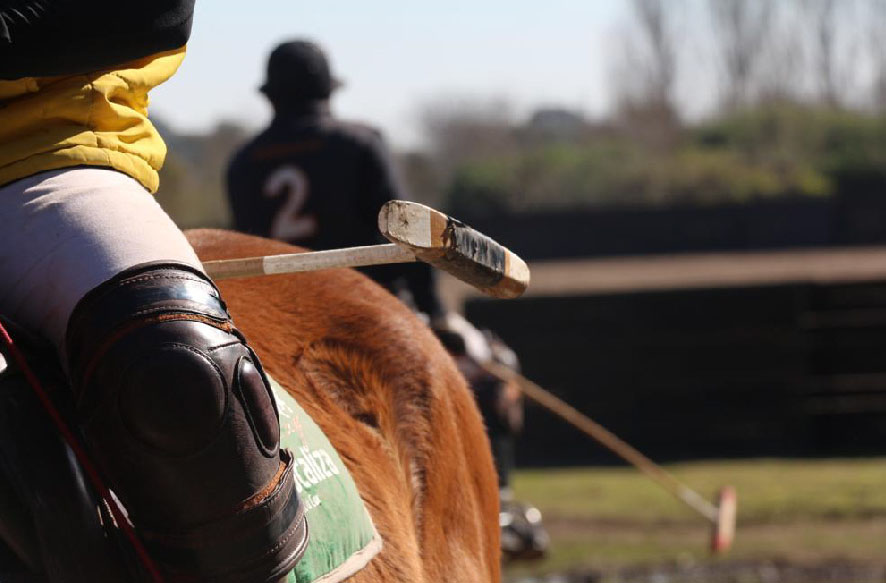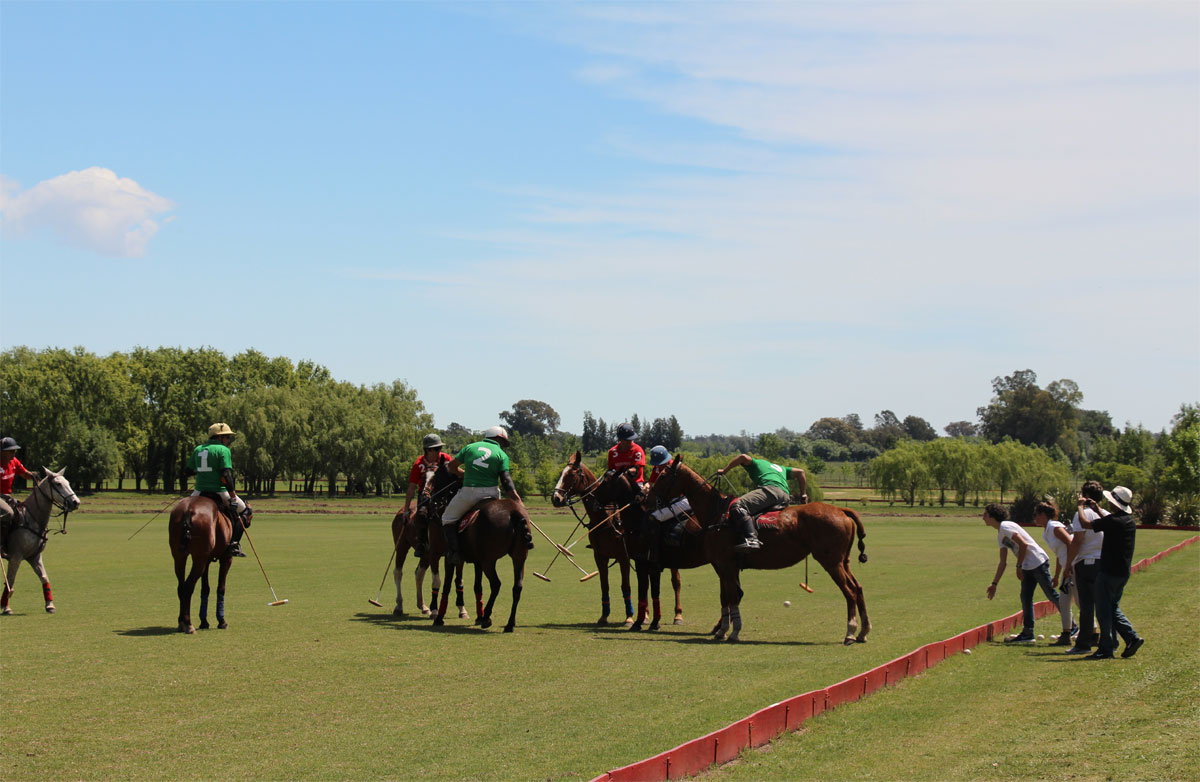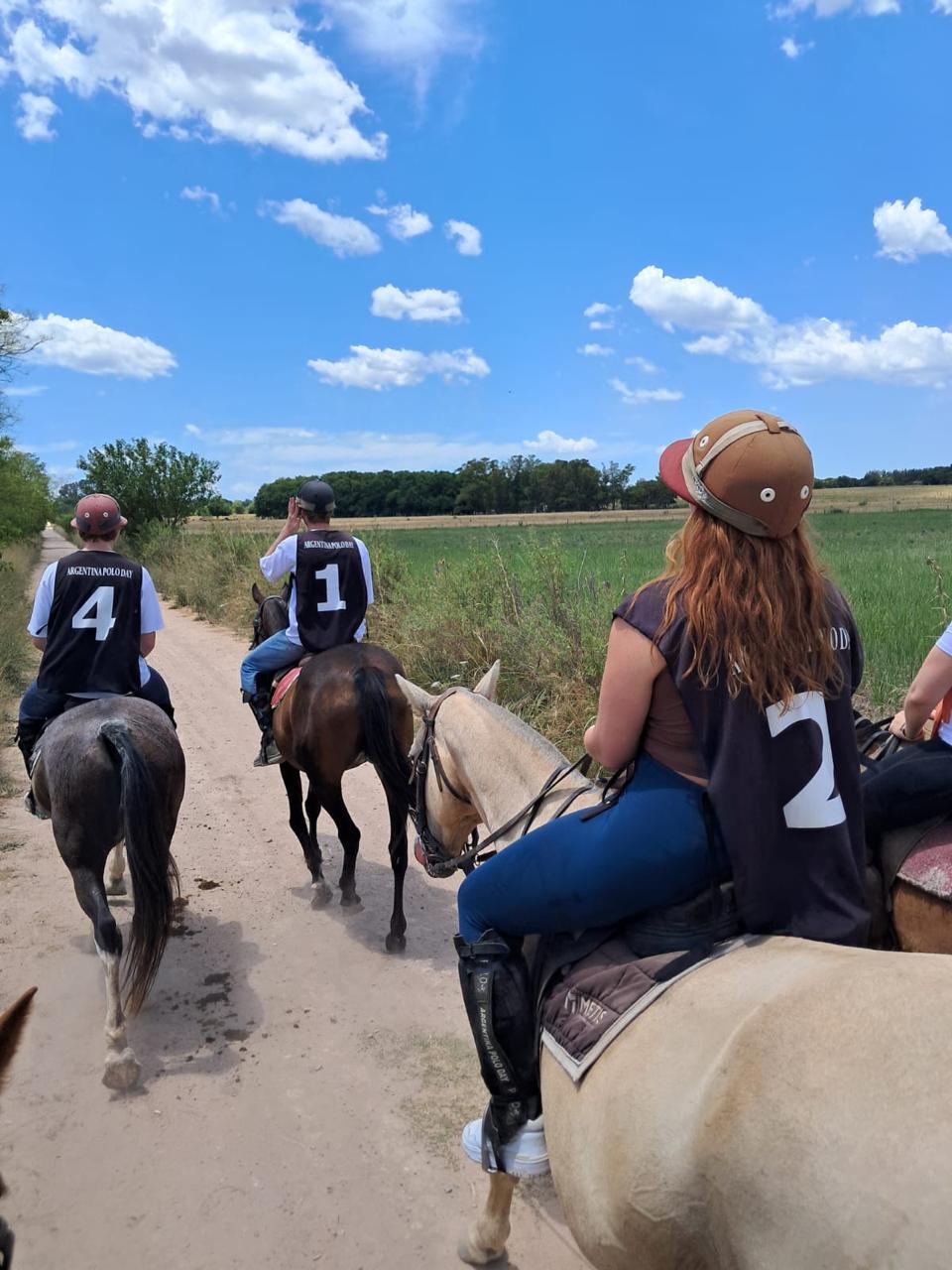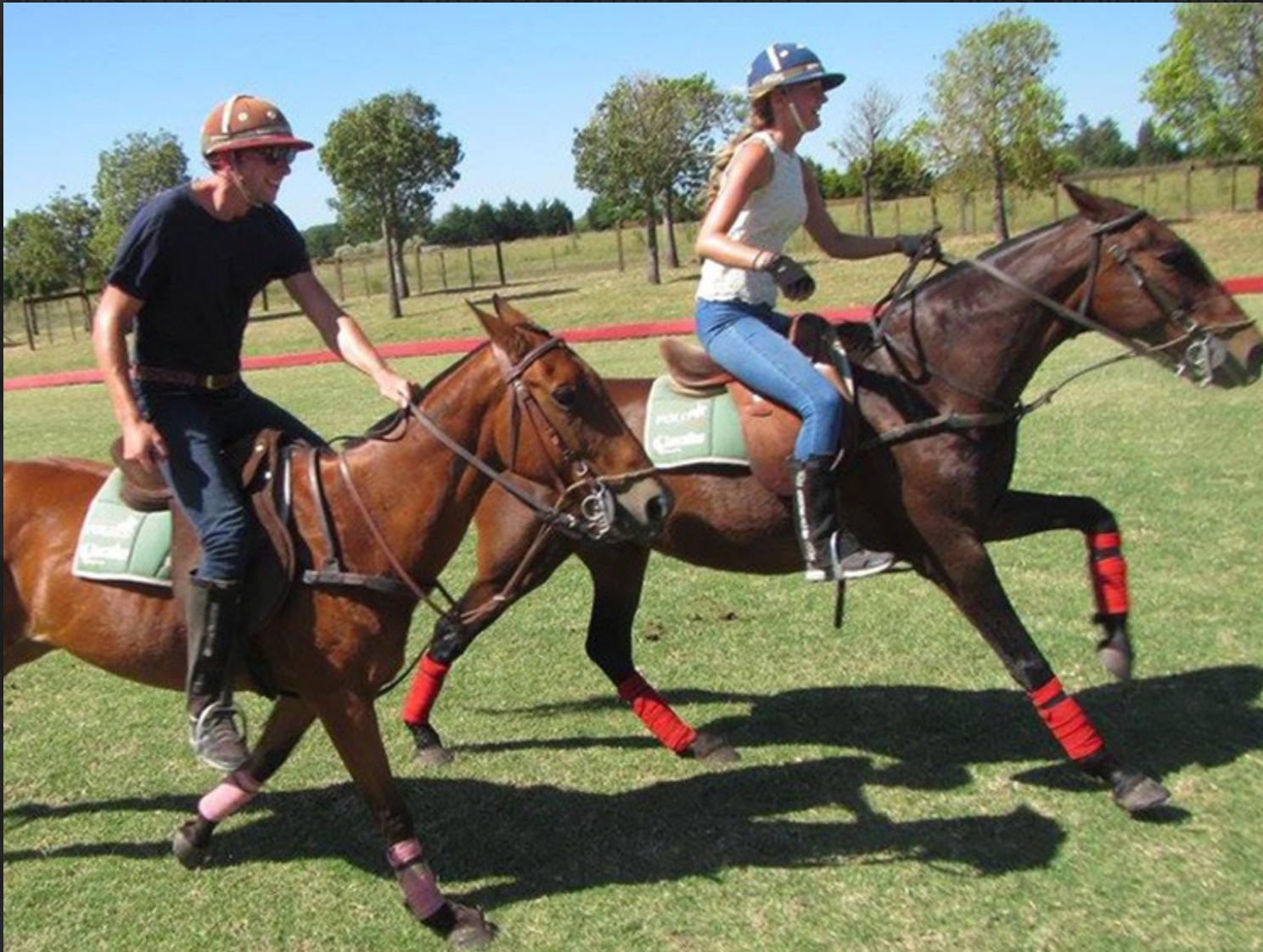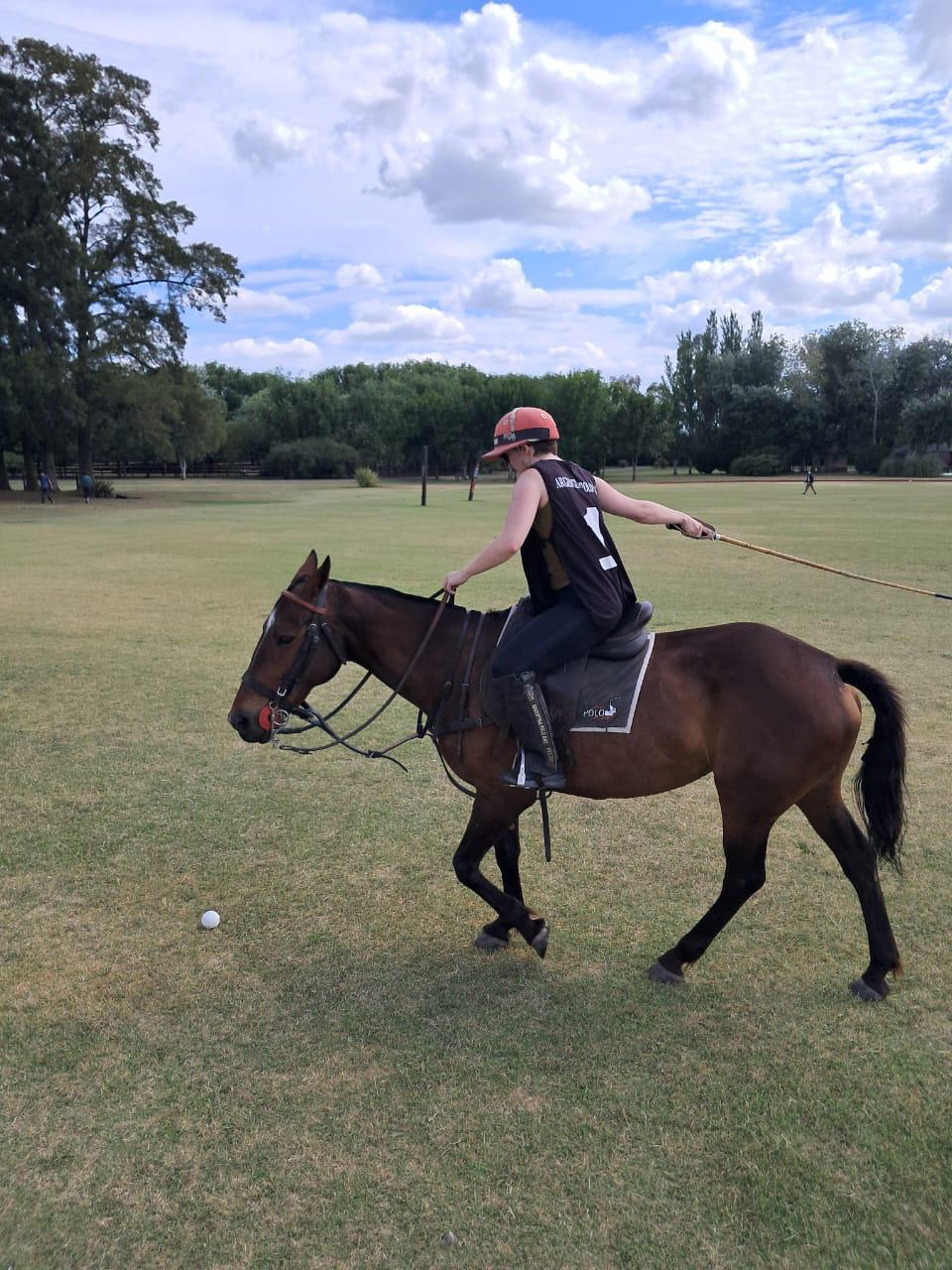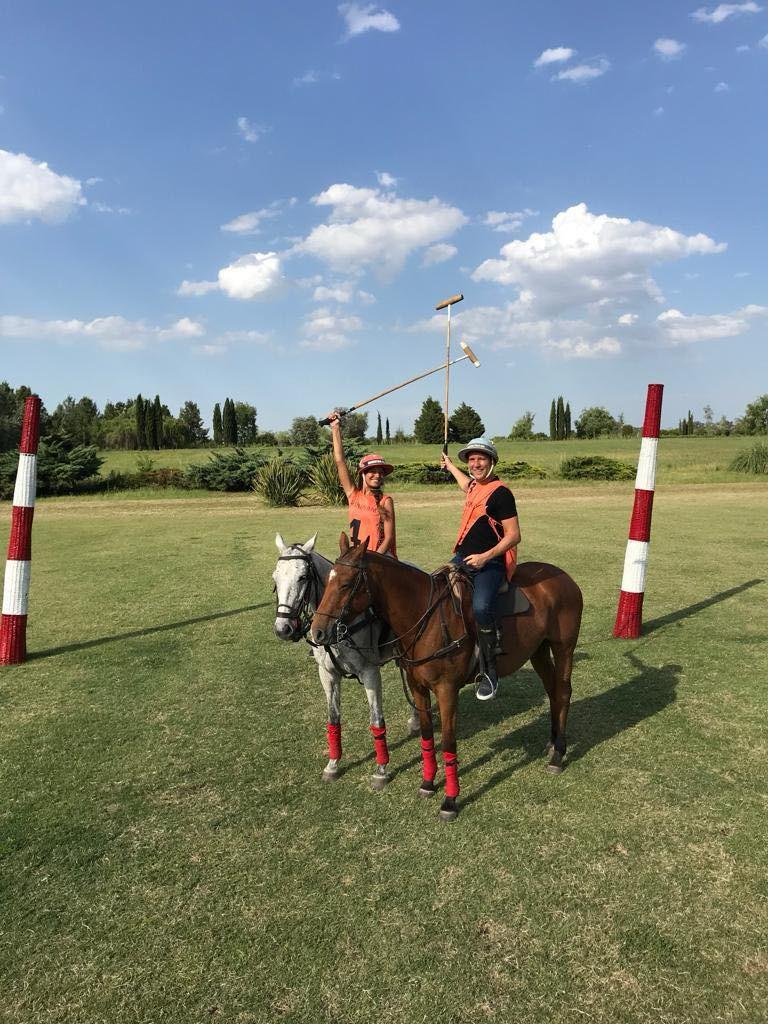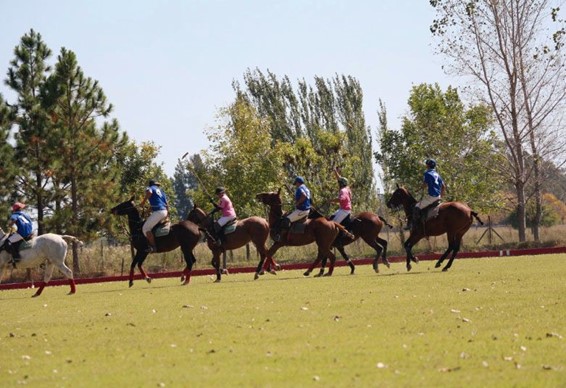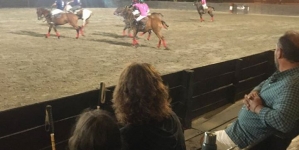-
What Are the Basic Rules of Polo? - 27 junio, 2025
-
Creando experiencias de alto valor - 6 junio, 2025
-
Encuentro positivo y productivo con Marca País Argentina - 6 mayo, 2025
-
Polo, vino y tradición: una colaboración que destaca lo mejor de Argentina - 8 abril, 2025
-
What Equipment Is Needed to Play Polo? - 25 marzo, 2025
-
Argentina Polo Day Magazine #4 - 14 marzo, 2025
-
What are the basic rules of polo? - 6 marzo, 2025
-
- 3 febrero, 2025
-
Argentina Horses: A Legacy of Strength and Grace - 27 enero, 2025
-
Where Can I Learn to Play Polo in Buenos Aires? - 18 enero, 2025
The basic rules of the Polo sport
Due to its characteristics, polo has a system of rules destined to guarantee the safety of both the players and horses. To avoid accidents and risky situations, it’s essential that the empires control and ensure compliance with these rules and penalize infractions.
In our country, the Argentine Polo Association (AAP) is the responsible entity of regulating and enforcing regulations.
These rules are adopted by different associations and polo clubs around the world to preserve the true spirit of the sport in all countries.
Who is responsible of enforcing these rules during a game?
In every polo match, there are three authorities involved: two riding referees and a third referee, who stays outside of the pitch. It’s the latter who makes the final decisions in regards to the enforcement of the rules.
What are the basic rules of the polo sport?
- In the pitch, each player fulfils a role inside the team: number one plays as forward; number two and three play in the center of the pitch, and number four is in the defense.
- The strategic moves in polo are based on the «line of the ball», an imaginary line created by the ball as it moves across the pitch and that’s altered every time the ball changes direction. This line is the imaginary straight line directly ahead of the ball, so that the player attacking the ball has “the line” to continue in a straight path. A player cannot intersect another player that’s following the «line of the ball», unless it’s at a distance where there’s no risk of collision or danger to other players.
- After each goal, the teams must change sides in the pitch to prevent advantages because of the wind or the sun.
- If the game ends in a draw, an additional chukker is played. The first team to make a goal will be the winner.
What are the basic rules players must comply with?
- Players must always handle the mallet with the right hand and carry it in a way that doesn’t disturb another player or horse.
- The use of a helmet is obligatory.
- Players are forbidden to use the mallet to hit a ball or hit another player’s mallet above the height of the horse, or underneath the horse as it creates a dangerous situation.
- Players must avoid intercepting the player that has the ball by crossing the imaginary line drawn by the ball.
- A player can «take» the imaginary line by pushing aside the opposite player. They can push with their arm up to the elbow, as long as it remains pressed against the body. This is referred to as “bumping.”
- They can’t grab, hit or push with the head, hand, forearm or elbow.


